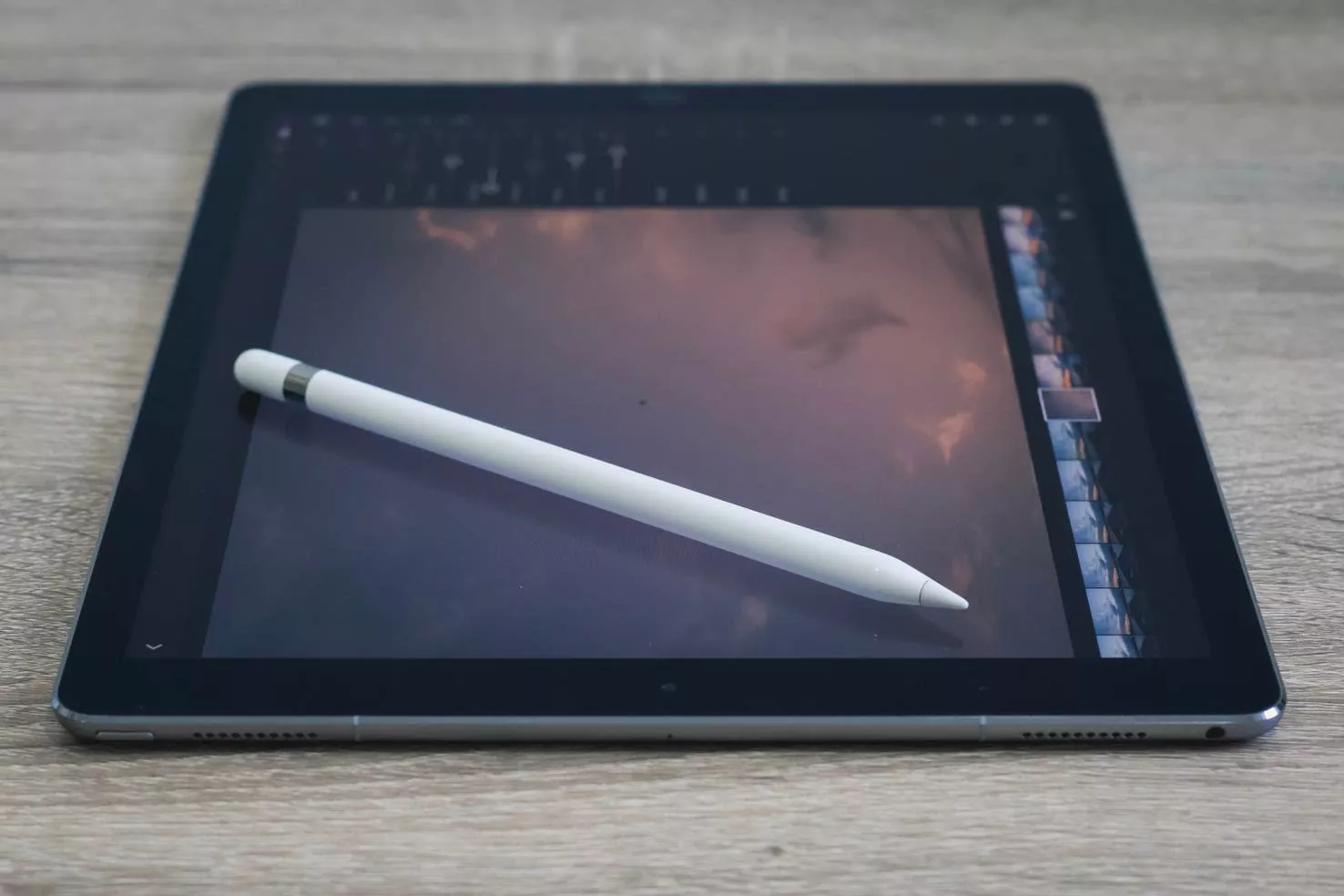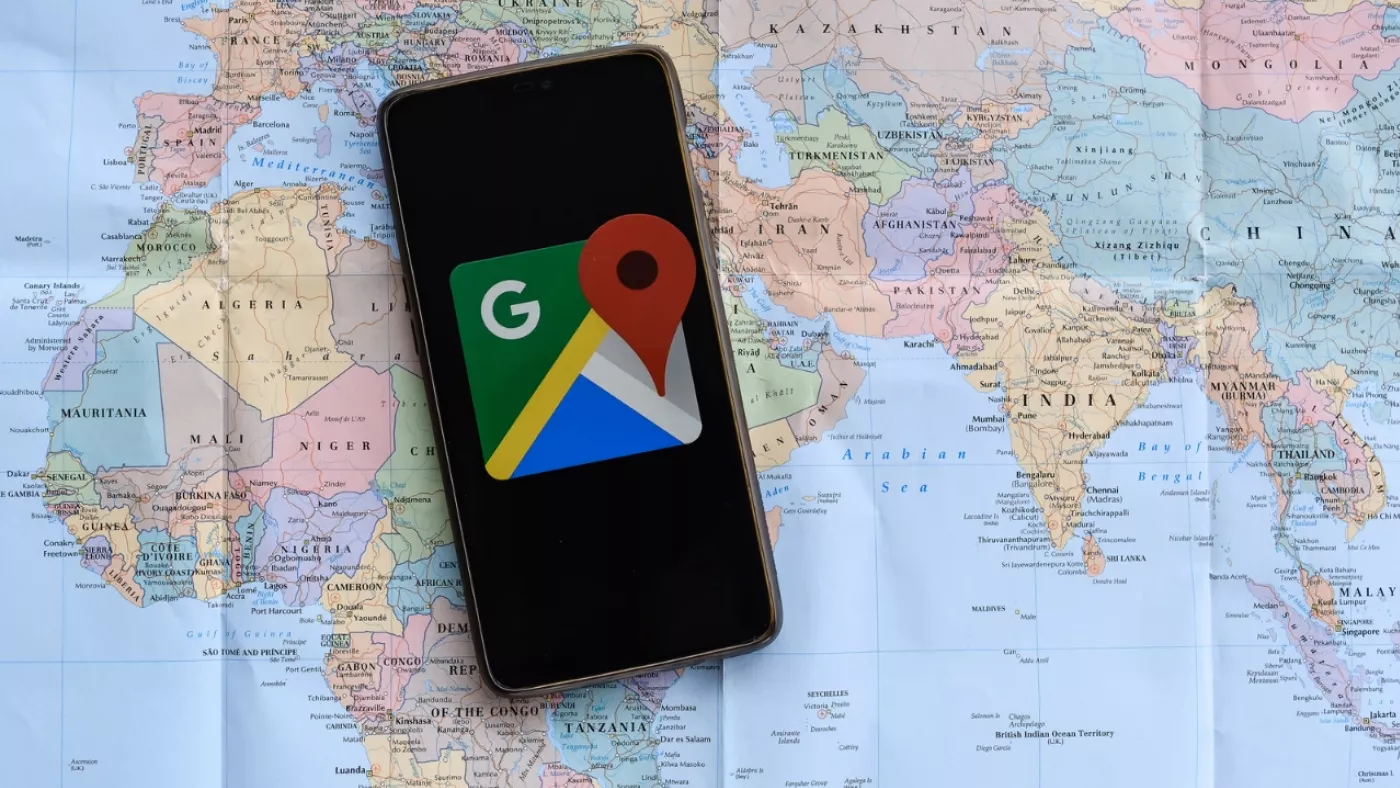
Map and navigation apps have revolutionized the way we travel and explore the world. Whether it's to escape traffic, find new destinations, or plan an unforgettable trip, these apps have become indispensable in our daily lives.
But are you really taking advantage of all the features they offer? In this article, we'll dive into practical tips and tricks that will transform your experience with these tools, ensuring you get the most out of each feature.
Most people use apps like Google Maps, Waze, or Apple Maps just to plot routes from point A to point B. However, these tools are much more than simple driving guides. They offer features that can optimize your time, increase your safety, and make your trips more enjoyable.

A good example is the option of offline modeImagine you're driving through a remote region with no internet connection. By downloading maps in advance, you avoid surprises and ensure a smooth navigation experience.
Another underrated feature is the multi-stop route planningLet's say you're on a road trip along the Brazilian coast and want to visit several beaches in one day. Instead of entering one destination at a time, you can plan the entire route in advance, saving time and energy.
Once, while traveling in Spain, I had an experience that changed the way I use map apps. I was in Seville, trying to find a small restaurant popular with locals. The streets were narrow and confusing, and the GPS seemed to have trouble locating me accurately.
It was then that I realized that Google Maps had a feature augmented reality for pedestrians. When I activated it, my phone's camera displayed arrows on the screen, guiding me precisely to the restaurant's entrance. This feature is a lifesaver for tourists in unfamiliar cities.
And it's not just on international trips that these apps shine. During a drive from São Paulo to Rio de Janeiro, I used Waze to avoid traffic jams.
The app alerted me to an accident on the main highway and suggested a detour along secondary roads. The result? I saved almost an hour and even got to enjoy rural landscapes I would never have otherwise experienced.
If you want to get the most out of your navigation apps, here are some valuable tips:
For those who love to plan trips, map apps are indispensable allies. Here's how to use them to organize an unforgettable experience:
Mapping apps are constantly evolving. Features like integrated weather forecasts, real-time safety alerts, and AI-powered navigation promise to make these tools even more impressive.
One example is the implementation of systems that automatically adjust routes based on live events, such as concerts or football games, reducing the impact of traffic.
Additionally, with the rise of augmented reality and the Internet of Things (IoT), mapping apps may in the future offer even more immersive experiences, such as personalized routes based on your interests or automatic alerts when approaching places you'd like to visit.
Map and navigation apps are incredible tools that go far beyond the basics. From planning complex trips to helping with daily commutes, they can completely transform the way we move. By exploring features like route planning, offline navigation, and integration with other apps, you'll always be one step ahead.